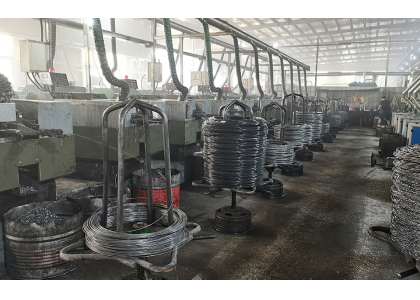
Cold heading and thread rolling are important links in the production of threaded fasteners, in these two links, there are also some potential failure modes, if the corresponding control measures are not taken, it will affect the use of screws.
In the process of cold heading of bolts, the potential failure modes are: the blank diameter of the screw is not qualified; Screw rod length is not qualified; The head and rod of the screw are eccentric; The appearance of screws is not good; Screw R Angle is not qualified. The consequences of these potential failure modes are: subsequent thread sizes are not qualified; The screw size is not qualified; Screw assembly is difficult; Product appearance can not meet customer needs.
In the cold heading link of fasteners, the causes of these failure modes mainly lie in the mold, such as unqualified mold manufacturing and mold wear; Mold design is not reasonable; Mold production is poor; In addition, the adjustment error will also make the product size unqualified. In this process, in order to prevent bolt failure, the control measures that can be taken are mainly the first inspection of the mold change, such as using the vernier caliper, micrometer, projector and other inspection tools by the inspector for the first inspection of 5 pieces/batch, and the operator and the inspector inspect 5 pieces /2h.
After the fastener is cold headed, the next process is to roll the wire. In this link, the potential failure modes are: poor thread accuracy; Too small shape of tooth and end R; The teeth are folded, the lower part of the teeth are wrinkled; Thread size is not qualified; The thread has burr, oblique buckle, double teeth and other harmful defects. The failure consequences will be: the thread can not pass the gauge, can not meet customer needs; The fatigue life of screws is short; The fatigue strength of screws is reduced.
In the thread rolling link, the causes of the above failure can be: loosening of the tooth plate, tooth bruising, improper adjustment of the tooth plate; The thread board is not made properly. Like cold heading, the main control measures to prevent bolt failure in the thread rolling process are also the first part of the mold change, such as the first inspection of 5 pieces/batch by the inspector, 5 pieces /2h by the operator and the inspector, and the control of the large diameter of the thread X-R diagram.